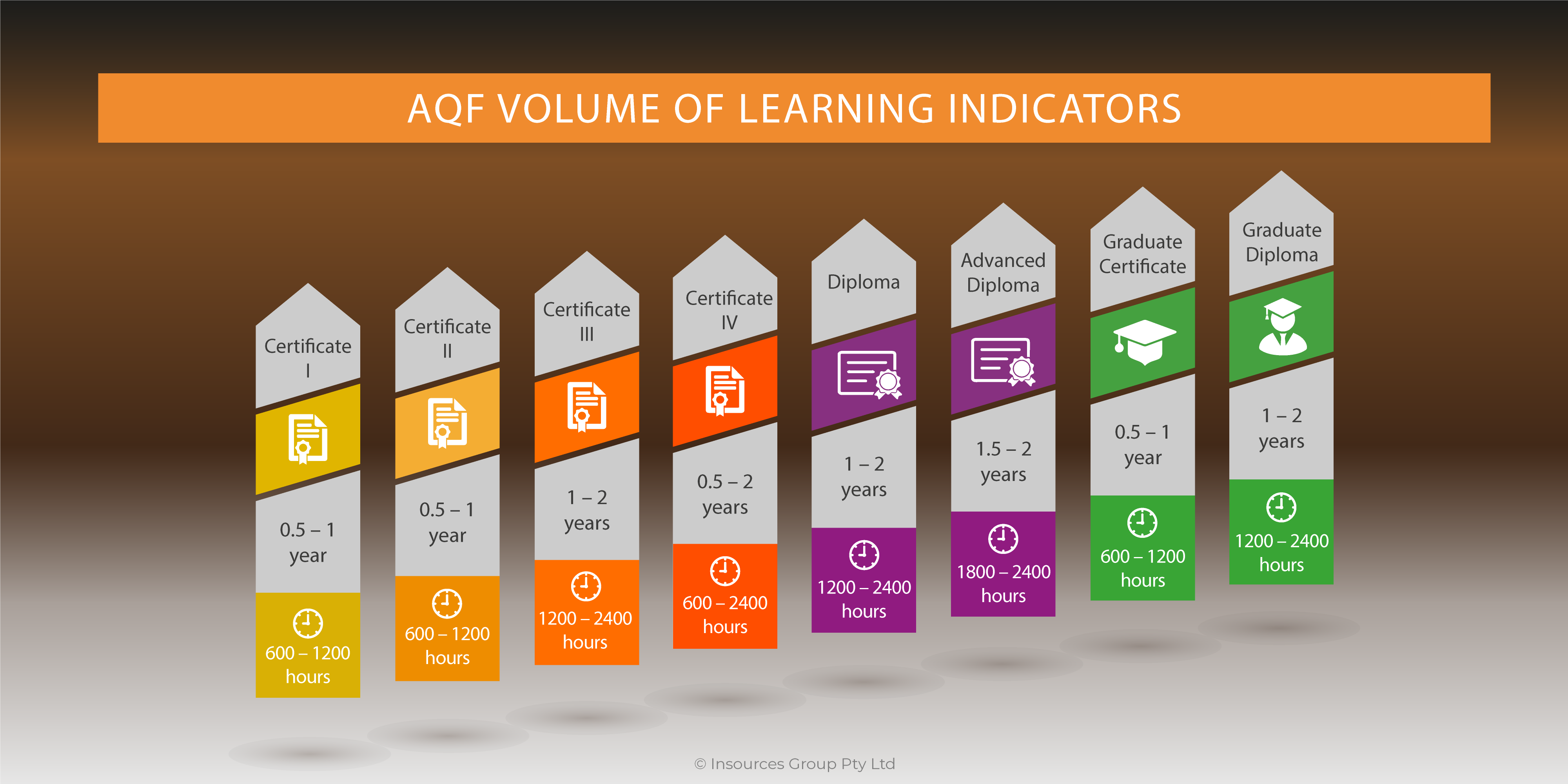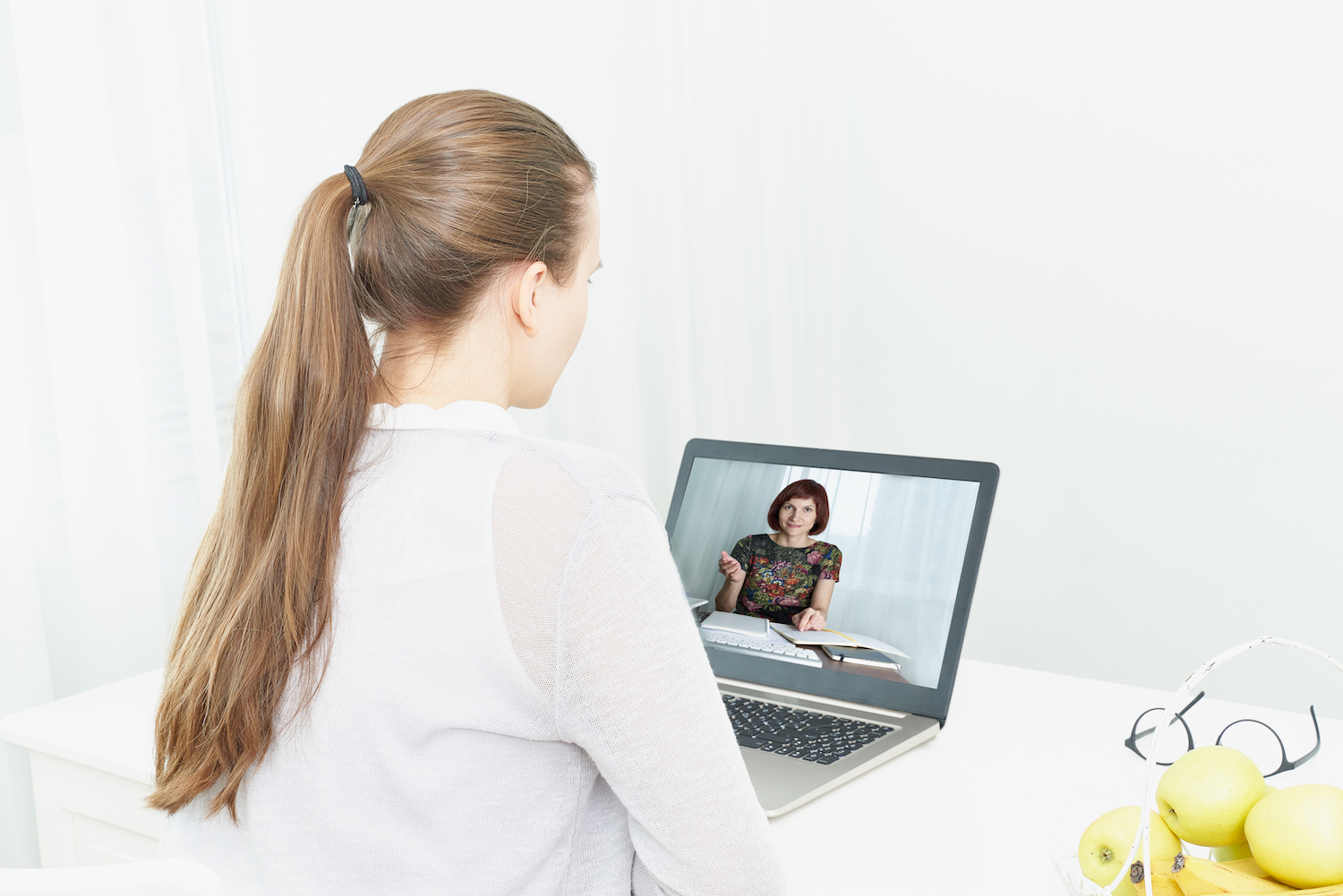 A number of factors enhance or detract from a learning experience. Consider which ones you can control.
A number of factors enhance or detract from a learning experience. Consider which ones you can control.
Colors, seating, tools, environmental considerations, and your attitude, dress, preparation, and passion all enhance—or detract from—an effective and positive learning environment.
Color. Research has shown that bland, neutral environments are so unlike the real world that learning achieved in these “sensory deprivation chambers” cannot be transferred to the job. Color can be a powerful way to engage the limbic part of the brain and create long-term retention. It can align the right and left brains. Ways to incorporate color include artwork, plants, and pictures that help people feel comfortable and visually stimulated. Consider printing your handouts and assessments in color.
Room setup. Because much learning requires both individual reflection and role playing, consider seating that promotes personal thought and group sharing. One way to accomplish this is to set up groups of three to five at round or square tables, with each chair positioned so the projection screen can easily be seen. Leave plenty of room for each person so that when someone does need to reflect, there is a feeling of privacy. Keep in mind that comfortable chairs and places to write help people relax to learn.
Tools of the trade. Lots of flipcharts (one per table is optimal) with brightly colored markers create an interactive environment. Flipcharts are about as basic and low tech as tools get, but they are also low cost and do the trick. Consider putting colorful hard candy on the tables (include sugar-free options), with bright cups of markers, pencils, and pens. Gather pads of colorful sticky notes and “fidgets” (quiet toys, such as chenille stems, koosh balls, and others) to place on the table as well. For the right level of trust to exist, your learners must feel welcome.
Your secret weapon. Finally, the key to establishing the optimal learning environment is you. You set the tone by your attitude, the way you greet people, the clothes you wear, your passion, and your interest and care for the participants. You set the stage for learning with four conditions that only you as the facilitator can create to maximize learning:
- Confidentiality. Establish the expectation that anything shared during the training program will remain confidential among participants and that as the facilitator you are committed to creating a safe environment. An important step in learning is first admitting ignorance, which has some inherent risk. Adult learners may resist admitting their learning needs because they fear the repercussions of showing their weaknesses. You can alleviate these concerns by assuring participants that the sole purpose of the training is to build their skills, and that no evaluations will take place. Your workshop must be a safe place to learn and take risks.
- Freedom from distractions. Work and personal demands cannot be ignored during training, but to maximize each participant’s learning, and as a courtesy to others, outside demands should be minimized.
- Select a training site away from the workplace to help reduce distractions.
- Acknowledge that participants probably feel they shouldn’t be away from work; remind them that the purpose of the training is to improve their work lives.
- Ask that cell phones and pagers be turned off or set to silent alerts.
- Emphasize that because they are spending this time in training, trainees should immerse themselves in the learning experience and thereby maximize the value of their time away from work responsibilities.
- Personal responsibility for learning. A facilitator can only create the opportunity for learning. Experiential learning requires that participants actively engage with and commit to learning—they cannot sit back and soak up information like sponges.
- Group participation. Each participant brings relevant knowledge to the training program. Through discussion and sharing of information, a successful training session will tap into the knowledge of each participant. Encourage all participants to accept responsibility for helping others learn.
Note: This article is excerpted from Communication Skills Training by Maureen Orey.




